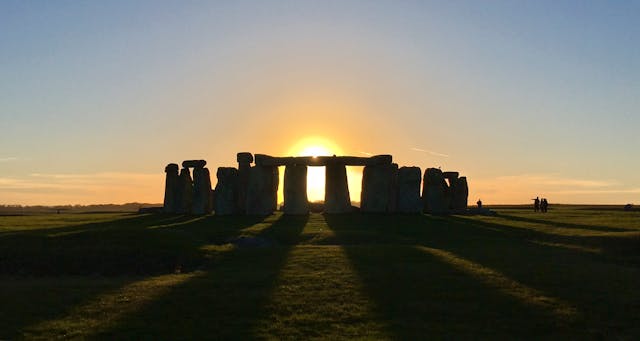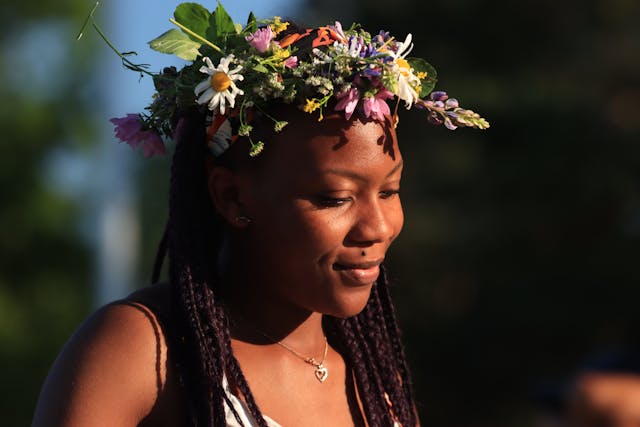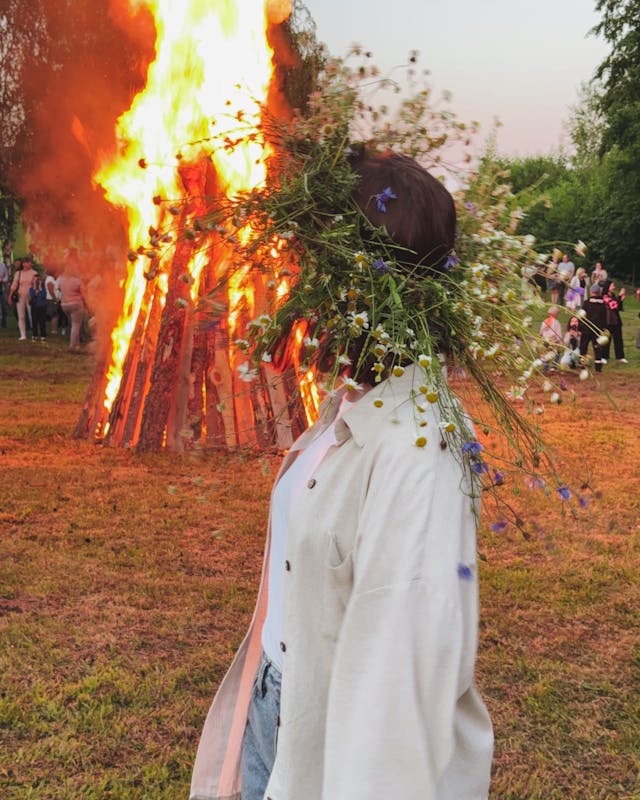As the longest day of the year draws near, the Summer Solstice offers us a moment to pause and reconnect with something our ancestors understood intimately: the healing power of ritual. Across centuries and cultures, people have gathered at liminal times—like Samhain in autumn, Beltane in spring, Yule in winter, and Litha at midsummer—not just to celebrate the changing seasons, but to mark internal transformations too. These celebrations weren’t just about lighting fires or dancing in fields; they were meaningful, intentional moments of letting go, setting aims, and renewing one’s energy in sync with nature. These ancient practices mirror the mental health rituals we now embrace in therapy, self-help, and holistic well-being.

Our ancestors lived closer to the rhythms of the earth. At Samhain, they honored the thinning veil between worlds, releasing grief and communing with the dead. This mirrors modern therapeutic practices like journaling or guided visualisation, where we let go of emotional weight and acknowledge past wounds. Today, grief rituals and writing letters to lost loved ones are common tools in grief therapy, offering closure and catharsis (Neimeyer, 2012). Similarly, Beltane’s rituals of fertility and light centered on creativity and desire, echoing modern mental health strategies focused on sensuality, joy, and connecting with others. At Yule, during the darkest days, they lit candles and told stories of rebirth. It’s no coincidence that we now engage in gratitude practices and self-care rituals during winter holidays—these actions keep the inner flame alive, helping fend off seasonal depression (Melrose, 2015).

The Summer Solstice, or Litha, was seen as a peak moment of power and abundance—a time to celebrate the sun and call in growth. Ancients held rituals with herbs, bonfires, and sun-watching to focus their intentions, much like how we now use manifestation techniques, vision boards, or affirmations during times of transition. In contemporary therapy, setting intentions is linked to cognitive behavioural techniques that rewire negative patterns (Beck, 2011). These practices ground us, helping foster a sense of purpose and hope. The solstice is the ultimate energetic reset, a time when nature is at its most generous and vibrant, and we too can align with that energy to replenish ourselves and recommit to our goals.

Science is catching up with what the ancients always knew—that ritual, especially when connected to nature’s rhythms, has profound benefits for mental health. Participating in rituals has been shown to reduce anxiety, increase feelings of control, and foster emotional resilience (Hobson et al., 2018). Whether it’s lighting a candle, taking a symbolic nature walk, or meditating under the full moon, these small acts anchor us. They remind us we are not separate from the earth’s cycles, but part of something ancient and healing.

As June arrives and the sun reaches its zenith, it’s the perfect time to reflect on what we want to grow. What burdens can we release? What dreams can we nourish with the long light of summer? Like those who came before us, we can mark this turning point with intention and care. Light a solstice fire—whether it’s a real one or the spark of hope within—and trust in the healing power of ritual. The wisdom of the ancients is not lost; it lives in us, ready to be remembered and reimagined.
Love Life x
References
Beck, J.S. (2011). Cognitive Behavior Therapy: Basics and Beyond. Guilford Press.
Hobson, N.M., Schroeder, J., Risen, J.L., Xygalatas, D., & Inzlicht, M. (2018). The Psychology of Rituals: An Integrative Review and Process-Based Framework. Personality and Social Psychology Review, 22(3), 260–284.
Melrose, S. (2015). Seasonal Affective Disorder: An Overview of Assessment and Treatment Approaches. Depression Research and Treatment, 2015, 1–6.
Neimeyer, R.A. (2012). Techniques of Grief Therapy: Creative Practices for Counseling the Bereaved. Routledge.

